Try GOLD - Free
Inside a Magnificent Celtic Tomb
Archaeology
|July/August 2023
New investigations of an Iron Age burial in France reveal the source of one woman's exceptional power

MORE THAN TWO MILLENNIA ago, a richly outfitted Celtic woman was buried beneath a massive stone tumulus along the River Seine at a site known as Vix, in the Burgundy region of central France. Laid on a wagon whose wheels had been removed and propped up against the tomb's eastern wall, the woman's body was adorned with luxurious bronze jewelry and ornaments made of jet, amber, and coral. An intricately crafted gold torc with globe-shaped terminals at both ends, each decorated with a lion's foot and the winged horse Pegasus, was placed around her neck. Also in her grave were objects imported from across the Mediterranean and Baltic regions, including a five-foot-tall Greek bronze krater used for mixing wine and water. The vessel's surface was decorated with warriors in horse-drawn chariots, its handles with Gorgons' heads, and the top of its lid with a figure of a woman. The krater is the largest metal vessel known from the ancient Mediterranean.
This high-status woman's grave was first discovered in December 1952, and was partially excavated in January and February 1953 by amateur archaeologists. During this especially wet winter, snow and rain left the ground covered in frost and the burial itself was deluged with water. The men worked hurriedly, digging a trench that led straight to the mound's central chamber, where the woman, who came to be known as the Lady or Princess of Vix, was buried. Aside from some photographs of the artifacts, including the krater and torc, and a plan of the burial chamber recording the placement of the objects and most of the woman's skeleton, the excavators did not document their work in detail. They reported their finds to French cultural authorities but did not explore the rest of the burial monument, which had been mostly dismantled and mined for its stone by the first century A.D.
This story is from the July/August 2023 edition of Archaeology.
Subscribe to Magzter GOLD to access thousands of curated premium stories, and 10,000+ magazines and newspapers.
Already a subscriber? Sign In
MORE STORIES FROM Archaeology
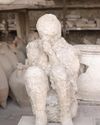
Archaeology
LEGEND OF THE CRYSTAL BRAIN
When most people envision the victims of the eruption of Mount Vesuvius in A.D. 79 that destroyed the cities of Pompeii and Herculaneum, they think of the casts of their bodies made by pouring plaster into voids left by their decaying corpses. Yet not all the physical remains of those who perished in the cataclysm decayed. In one case, a remarkable transformation occurred—a man’s brain turned to glass.
3 mins
July/August 2025
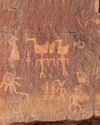
Archaeology
Birds of a Feather
Intriguing rock art in the Four Corners reveals how the Basketmaker people drew inspiration from ducks 1,500 years ago
8 mins
July/August 2025
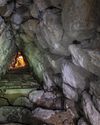
Archaeology
THE HOME OF THE WEATHER GOD
In northern Anatolia, archaeologists have discovered the source of Hittite royal power
13 mins
July/August 2025
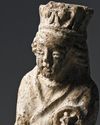
Archaeology
SAINTS ALIVE
Since 2019, archaeologists have been excavating in Berlin's oldest square, known as the Molkenmarkt, or Whey Market.
1 min
July/August 2025

Archaeology
SOLDIERS OF ILL FORTUNE
The Schmalkaldic War, which began in 1546 and lasted less than a year, pitted the forces of the Holy Roman emperor Charles V (reigned 1519-1556) against the Schmalkaldic League, a Protestant alliance formed by German principalities and cities within the empire.
1 mins
July/August 2025

Archaeology
A NEW LOOK AT AN OLD CITY
Archaeologists are reconstructing the complicated 400-year history of Virginia's colonial capital
13 mins
July/August 2025
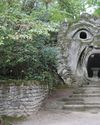
Archaeology
ITALY'S GARDEN OF MONSTERS
Why did a Renaissance duke fill his wooded park with gargantuan stone
10 mins
July/August 2025
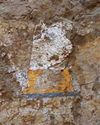
Archaeology
In Search of Lost Pharaohs
Anubis Mountain conceals the tombs of an obscure Egyptian dynasty
3 mins
July/August 2025
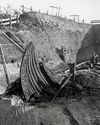
Archaeology
Setting Sail for Valhalla
Vikings staged elaborate spectacles to usher their rulers into the afterlife
15 mins
July/August 2025
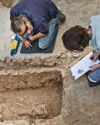
Archaeology
BOUND FOR HEAVEN
During excavations of a Byzantine monastery in 2017 just north of Jerusalem's Old City, a team led by Israel Antiquities Authority archaeologists Zubair 'Adawi and Kfir Arbiv discovered an unusual burial in a crypt beneath the altar of the complex's church.
1 mins
July/August 2025
Translate
Change font size
